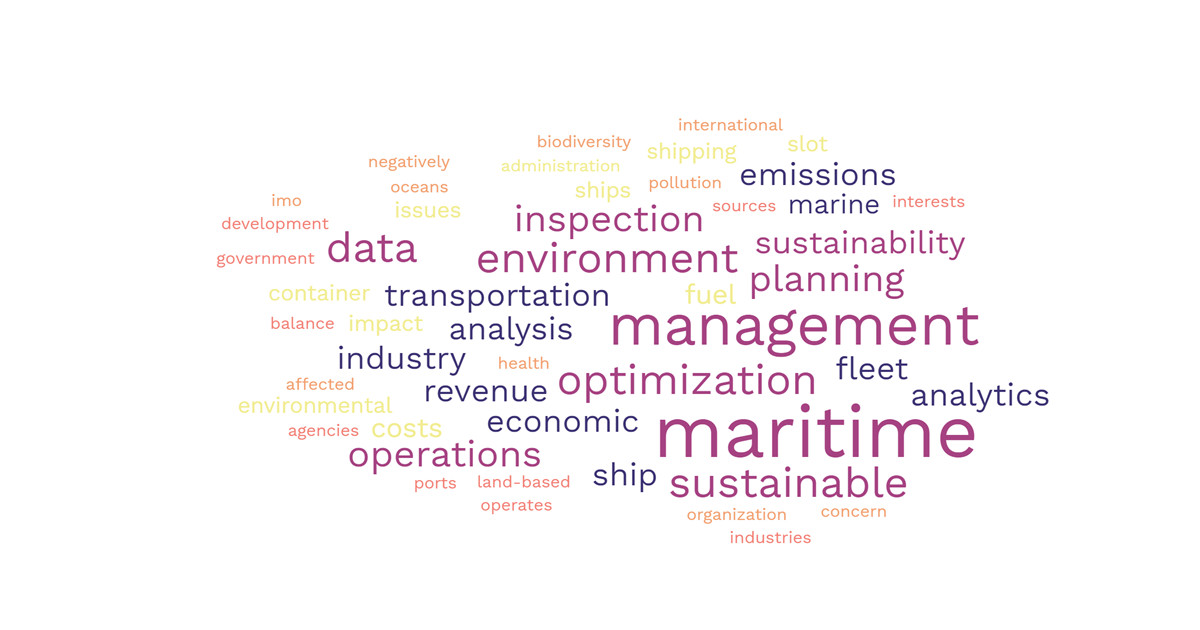Sustainable Operations in Maritime Industry
A special issue of Journal of Marine Science and Engineering (ISSN 2077-1312).
Deadline for manuscript submissions: closed (10 March 2023) | Viewed by 21543

Special Issue Editors
Interests: scheduling models and algorithms; logistics and supply chain management; optimisation problems in ports and shipping
Interests: maritime logistics; port and ship operations using quantitative research methods
Interests: shipping network design; port operations planning; urban transport network modeling; sustainable transportation and green logistics
Special Issues, Collections and Topics in MDPI journals
Special Issue Information
Dear Colleagues,
We cordially invite you to submit a paper to our Special Issue entitled ‘sustainable operations in maritime industry’ of the Journal of Marine Science and Engineering, which is covered by SCIE and has an impact factor of 2.744 (JCR Q1 in the category of "Engineering, Marine").
With specific reference to maritime operations, the International Maritime Organization (IMO) noted with concern that the health of oceans and marine biodiversity are negatively affected by marine pollution from a number of land-based sources, including vessels and ports. To sustain the development of maritime transportation, “sustainable maritime,” which operates with a good balance between environmental impact and economic interests, has been the focus of marine industries and government agencies and are required to look into energy saving and reducing the impact of their operations on society and the environment.
This Special Issue on “Sustainable operations in maritime industry” to be published in the Journal of Marine Science and Engineering aims to bring together recent theoretical, applied or methodological advances concerning operations in the sustainable maritime industry, no matter they are hardware, software, or innovative approaches related, and encourage the researchers in maritime studies to have deep thoughts to make the maritime industry sustainable and green. Both research and review papers are welcomed.
Dr. Yuquan (Bill) Du
Dr. Gang Chen
Dr. Shuaian (Hans) Wang
Guest Editors
Manuscript Submission Information
Manuscripts should be submitted online at www.mdpi.com by registering and logging in to this website. Once you are registered, click here to go to the submission form. Manuscripts can be submitted until the deadline. All submissions that pass pre-check are peer-reviewed. Accepted papers will be published continuously in the journal (as soon as accepted) and will be listed together on the special issue website. Research articles, review articles as well as short communications are invited. For planned papers, a title and short abstract (about 100 words) can be sent to the Editorial Office for announcement on this website.
Submitted manuscripts should not have been published previously, nor be under consideration for publication elsewhere (except conference proceedings papers). All manuscripts are thoroughly refereed through a single-blind peer-review process. A guide for authors and other relevant information for submission of manuscripts is available on the Instructions for Authors page. Journal of Marine Science and Engineering is an international peer-reviewed open access monthly journal published by MDPI.
Please visit the Instructions for Authors page before submitting a manuscript. The Article Processing Charge (APC) for publication in this open access journal is 2600 CHF (Swiss Francs). Submitted papers should be well formatted and use good English. Authors may use MDPI's English editing service prior to publication or during author revisions.
Keywords
- sustainable maritime transportation operations
- sustainable maritime network or fleet optimization
- innovations for sustainability issues with emerging technologies
- environmental issues in the maritime industry
- sustainable maritime transportation and competitive advantages
- sustainable maritime transportation technologies







